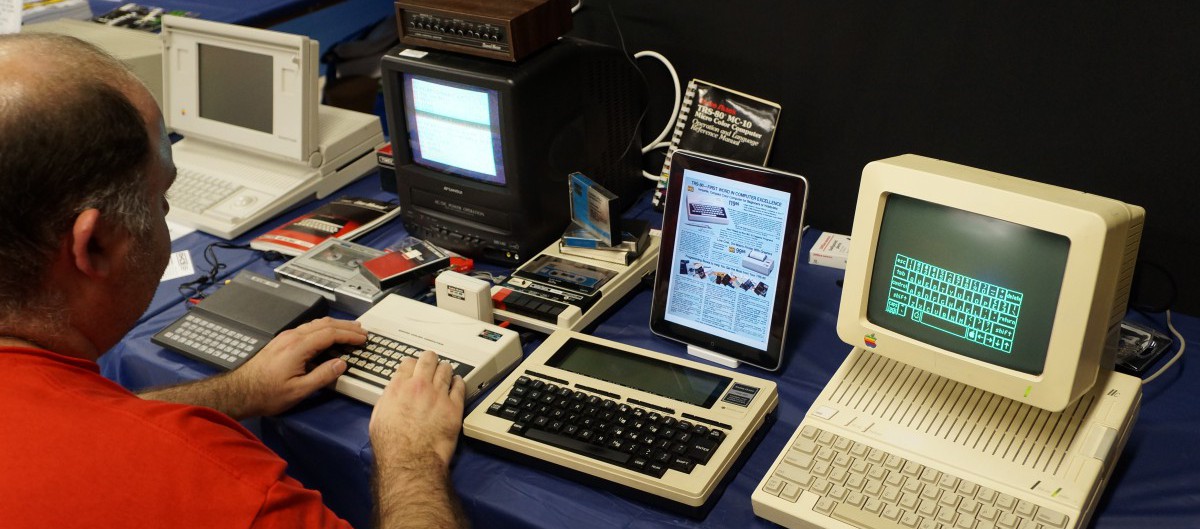Think Piece – “Robots are Taking Over Your Work Field
Podcast – “Are You Professionally Prepared for Robots Taking Over Our World?”
HTML – “A Peck with HTML and Markdown Coding”
Twitter Rant – “Tweeting about le Robots from Think Piece”
The project created for this class required an initial ‘think piece’ blog post following its conversion to different medias, such as a podcast, series of photographs, a short video, online HTML writing, and a series of tweets on Twitter.
I had a difficult time converting my think piece into different medias on a few occasions. This was partly due to the fact that I was new to the usage and making of these medias, the podcast and the video. I had never indulged myself in even listening to podcasts in the past so creating one of my own posed as a challenge. On the other hand, creating the video posed as a challenge, not because I was unfamiliar with watching videos or lacked the knowledge of what happens in the background of creating a video, but because I had never attempted it myself. Until my attempt, I had no idea of the kinks and meticulous thought process behind a video production.
The most direct and positive conversion of the ‘think piece’ essay in my opinion is of its conversion to online HTML writing. Not only was I able to retain the exact information as it was intended and portrayed in the original essay, I was able to add more context through the usage of font manipulation and images. HTML conversion did not require of me to extend my tools to a microphone, camera, etc. beyond what was immediately always available to me to produce suitable work.
Similar to this experience was the experience of a Twitter rant using parts of the initial essay. The rant did not require anything of us other than a computer with online access. It does not compare to my satisfaction in using HTML, however, because of restriction in character usage when posting. It was a fun challenge to try to pinpoint the main ideas, then tweet them in a cohesive manner with the help of tools in inserting screenshots and web links. The direct connection with my viewers about what they can do in real time with this information that I am presenting helped. Direct feedback felt great.
The podcast falls next in list of enjoyment with the direct script of the think piece being useable to me with the slight change of it being heard by an audience instead of being read. Like HTML, I was pleased to have the affordance of adding more context to my project using sound, speech emphasis, and directed pauses. I was also relieved to not have had to upload the podcast onto a public platform because of my unfamiliarity with public podcast platforms.
Lastly, the video production and series of photographs were of similar experiences to me. Both required a sketched out planning to put my ideas into immediate work. The platforms that were required for both, such as YouTube, Flickr, and Instagram, were of interest and background knowledge to me. I feel that my familiarity may have been the reason for my delay in producing results ultimately.



